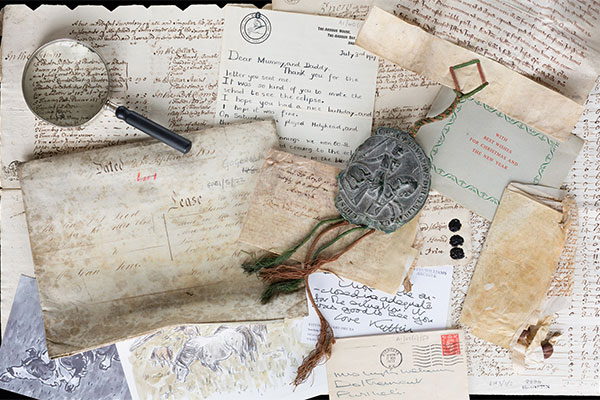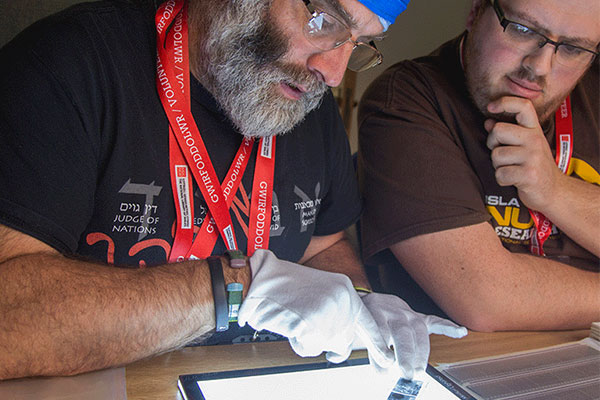The manuscript
The volume contains 114 pages, and is in a modern binding. At first glance, the text seems to be about astrology and obscure ‘magical’ ideas. It was claimed that, amongst other things, it contained a method of sending secret messages over great distances. It includes long essays about various spirits and angels, with rituals and tables of ‘magical’ formulae. However, it turns out that there is nothing ‘magical’ about them. The lists of numbers and letters are in fact the key to a clever form of encryption that was only discovered in the 1990s. It appears that Johannes Trithemius had invented a primitive form of the same system of encryption that was used later to create the famous Enigma code during WWII.
It is not known if John Dee understood or used this particular system. He was known to have used various languages and ciphers in his writings, and such codes would certainly have been useful to his friend, Sir Francis Walsingham, who, while Private Secretary to Elizabeth I, developed expertise in secret interception. However, it is possible that Dee was drawn to the rituals and spells, as he believed, like many of his contemporaries, that knowledge could be found by conversing with spirits.




